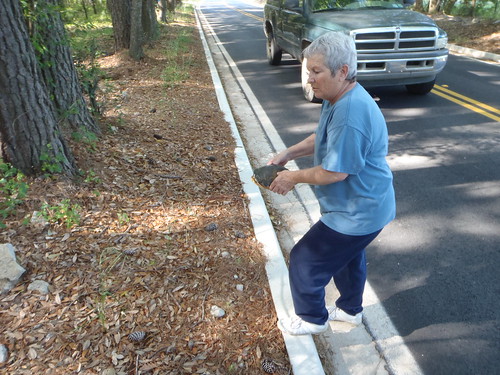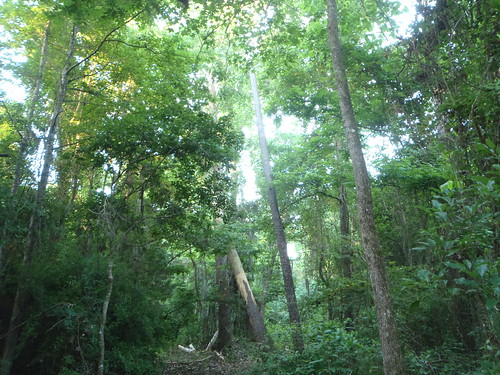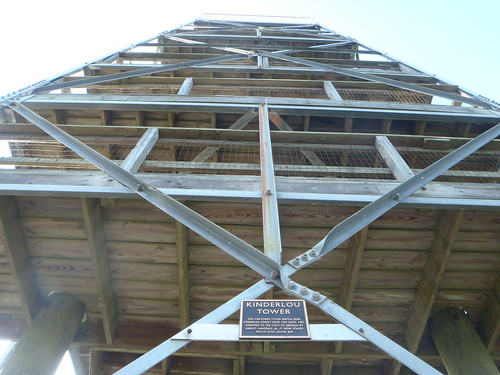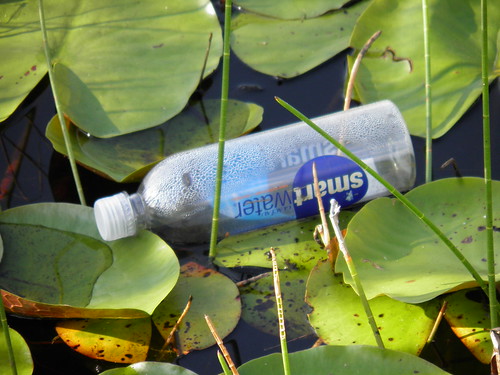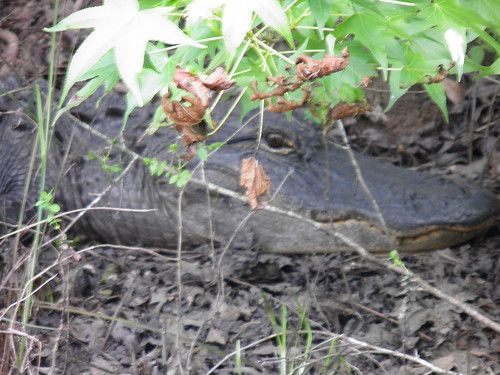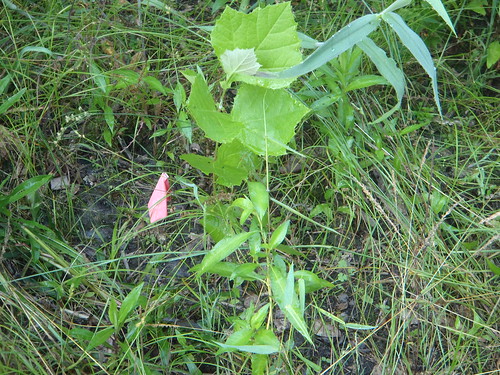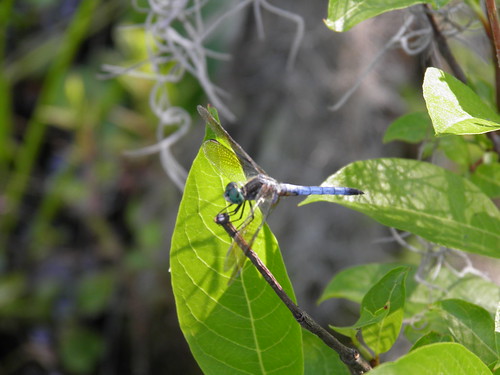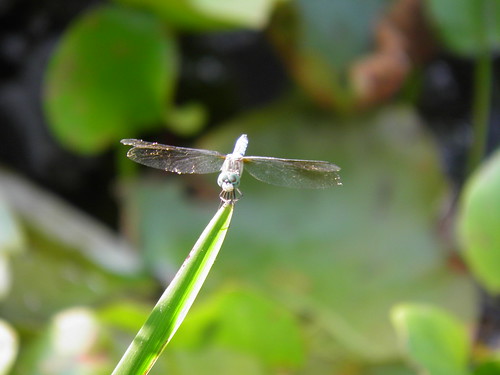It hissed at her. Continue reading
Yearly Archives: 2010
Dead Pine, LIve Sycamore
Pesticides in Children
Researchers at the University of Montreal and Harvard University looked for organophosphate pesticide metabolites, an indicator of pesticide exposure, in the urine of 1,139 kids ages 8 to 15 and found that close to 95 percent had at least one of these chemical byproducts in their system. Those with the highest levels were 93 percent more likely to have received an ADHD diagnosis than children with none in their system. Those with above-average levels of the most common organophosphate byproduct — they made up a third of the whole group — were more than twice as likely as the rest to have ADHD.
So what fruits and vegetables are pesticides found in?
If you’re concerned, there is a wealth of information establishing just how many chemicals we consume, starting with the Department of Agriculture’s Pesticide Data Program, which tests thousands of food samples a year, tracking specific residue levels. According to its most recent report in 2008, for example, a type of organophosphate called malathion was detected in 28 percent of frozen blueberries, 25 percent of fresh strawberries and 19 percent of celery. “It’s easy to have a dozen exposures [to different pesticides] in the course of a day,” says Richard Wiles, senior vice president for policy at the Environmental Working Group, a Washington-based environmental advocacy group .
I don’t know why the NYTimes can’t be bothered to provided links, such as the actual Pediatrics journal article, or the USDA Pesticide Data Program. That’s some hard data.
Wren Eggs
And I thought I’d built a garden tool shed for Gretchen: Continue reading
Kinderlou Tower
Gator
Can you see me? Continue reading
Sycamore
Weeded: Continue reading
Looking for Longleaf
 Looking for Longleaf: The Fall and Rise of an American Forest,
by Lawrence S. Earley
Looking for Longleaf: The Fall and Rise of an American Forest,
by Lawrence S. Earley
The tallest and strongest of pine trees, longleaf made great sailing ship masts , tar for caulking ships, and of course saw timber. How the early settlers cut down trees for houses and to clear land to farm. Their hogs and cows running loose in the woods ate the young longleaf, suppressing new trees for a hundred years. Then professional forestry took over, trying to suppress the fire that destroyed northern white pine forests, yet which preserves southern longleaf pine forests. The sad story of turpentine: we knew better, but we did it anyway.
The peculiar life cycle of a tree that starts out looking like a clump of grass, and can stay that way for decades, yet promotes and survives fire and can grow more than 100 feet tall and live for centuries. The thousands of species of plants, animals, and fungi the forest protects, many of them, like wiregrass, also adapted to fire.
How tuberculosis and quail led to new understandings of longleaf and fire, and the people who discovered those things. We do know how to grow these trees now, and lots of people are doing it: for jobs, for sawtimber, for the beauty of the forest.
Skeeter hawk
Monsanto Price Drop
I think that’s CEO-speak for demand is down, competition is up, and Monsanto is retrenching in hopes of saving its core glysophate business. So sad.ST. LOUIS, May 27, 2010 /PRNewswire-FirstCall/ — Monsanto Company (NYSE:MON – News) today announced it is repositioning its Roundup® business in the face of fundamental structural changes that have caused upheaval in the glyphosate industry. Focusing its glyphosate products on supporting the core seeds-and-traits business, the company plans to drastically narrow its Roundup® brand portfolio to offer farmers a simple, quality product that meets their needs at a price closer to generics.
“By reducing the uncertainty associated with Roundup, we free Monsanto to grow on its fundamentals,” Chairman and Chief Executive Officer Hugh Grant said. “What matters to our long-term growth is our seeds-and-traits business, which is on track.”
More clarification from the CEO: Continue reading
